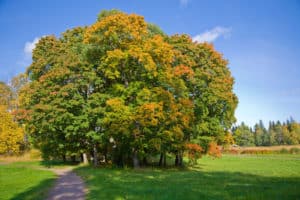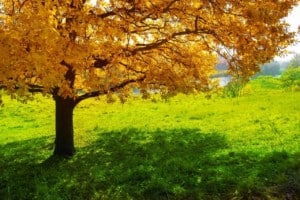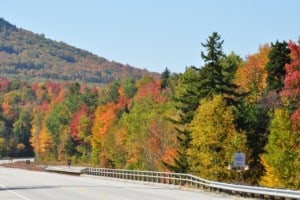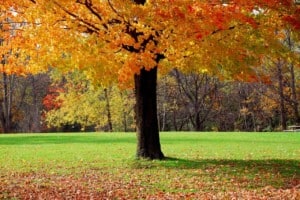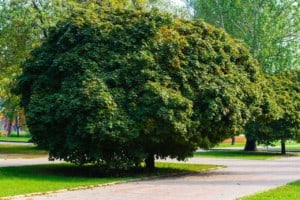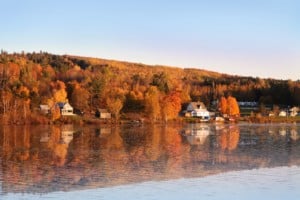Are you thinking of planting a Maple Tree in Your home in Utah? Even though the Beehive State is not famous for its Maple Tree varieties, this guide will help you figure out which tree is the best to plant on your property based on how well it thrives in Utah’s soil and climate conditions. So, read on to discover the four types of Maple Trees in Utah!
Contents
The Beehive State is blessed with a versatile landscape, with many mountains, flat planes, valleys, cliffs, mesas, canyons, low desert, high desert, slickrock fountains, and more. With such diverse landscapes and a typically dry climate, Utah is home to an exciting variety of Native trees, including White Fir, Desert Willow, Serviceberry, Douglas Hawthorn, and Maple Trees. It’s not hard finding a great flowering tree or shade tree that will thrive in the state of Utah.
Belonging to the Acer genus, Maple Trees are Northern Hemisphere natives that can either have a shrub-like appearance or grow into tall, stately trees. Maple Trees have spectacular, large, distinctive leaves with stunning fall foliage. They produce red samaras and non-showy flowers. They have hard, dense wood used in the timber industry.
Utah has four Maple Trees growing on its land – Norway Maple, Canyon Maple, Box Elder Maple, and Rocky Mountain Maple. These are deciduous trees with beautiful fall foliage. However, some of them have weak wood, which means they are harder to take care of than other Maple varieties.
To help Maple Trees in Utah flourish, you should use tree guards on their trunks to protect their bark from animals and harsh weather. Moreover, use mulch around the base of the trunk to keep moisture in the soil, maintain soil temperature, and suppress weeds.
Additionally, make sure to water your tree at least twice a week. Deeper but less frequent watering will encourage deeper roots, enhancing the strength of the tree. Lastly, don’t forget to take care of your tree’s fertilization needs by fertilizing it once every two years. However, if your tree shows signs of stress, fertilize it more often with a nitrogen-based fertilizer after the last leaves have fallen.
Here are the types of Maple Trees you can grow in Utah:
1. Norway Maple (Acer Platanoides)
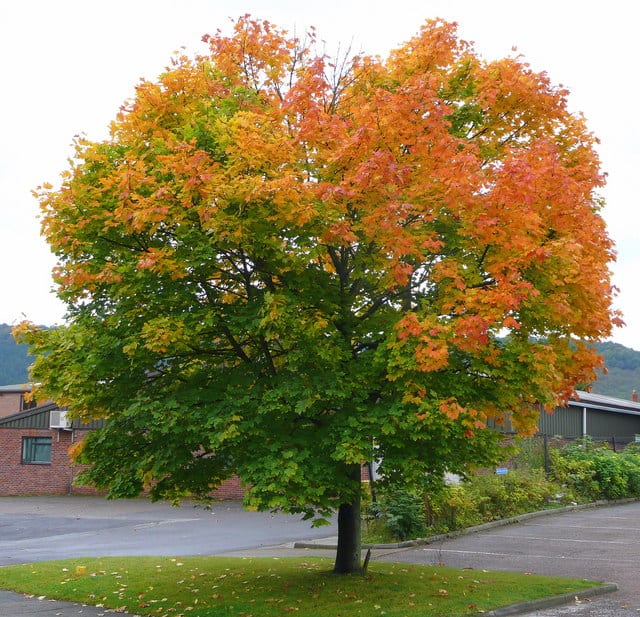
Native to Europe and widely cultivated in certain parts of the US, including Utah, Norway Maple is a hardy tree that can tolerate a wide range of planting conditions. It has many varieties, with bright green to dark purple foliage hues. It has smooth, gray-brown, furrowed bark and stout, olive-brown, glabrous twigs with red to green-red, rounded buds.
Norway Maple grows opposite, simple, deciduous, palmate, lobed, sharply pointed, serrate-edged, bright green or dark purple leaves that turn yellow-orange or bright yellow in fall. The leaf petioles have milky sap. This tree yields dioecious, yellow-green or yellow, somewhat showy spring blooms that give way to two-winged fall samaras.
2. Bigtooth Maple/Canyon Maple (Acer Grandidentatum)
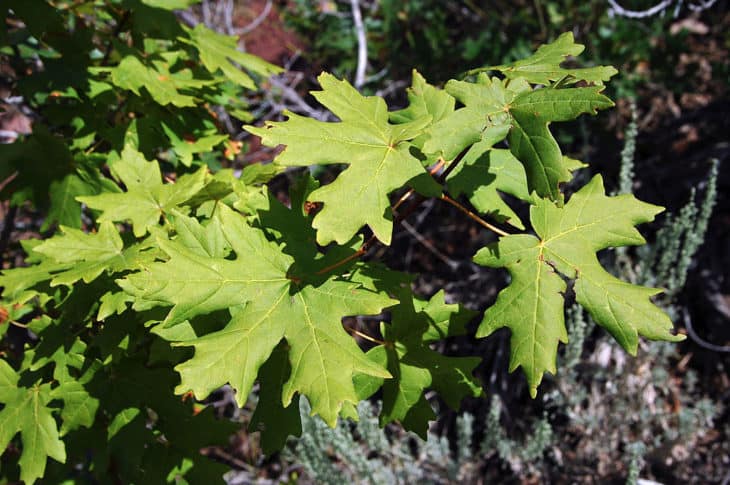
Canyon Maple is native to Mexico, Texas, southern Idaho, Nebraska, and much of Utah’s mountainous regions. It is an ideal landscape tree, tolerant of many soils and climate conditions. Canyon Maple is a shrubby tree with shallowly furrowed, gray-brown bark and hard, dense wood.
This tree offers stunning bright orange-red to red fall foliage. It features simple, opposite, deciduous, lobed, palmate, bright green leaves with hairy undersides. Canyon Maple has slender, red, glabrous twigs and yellow, dioecious, petal-less, non-showy, small spring blooms. It grows double-winged, u-shaped samaras.
3. Box Elder Maple (Acer Negundo)
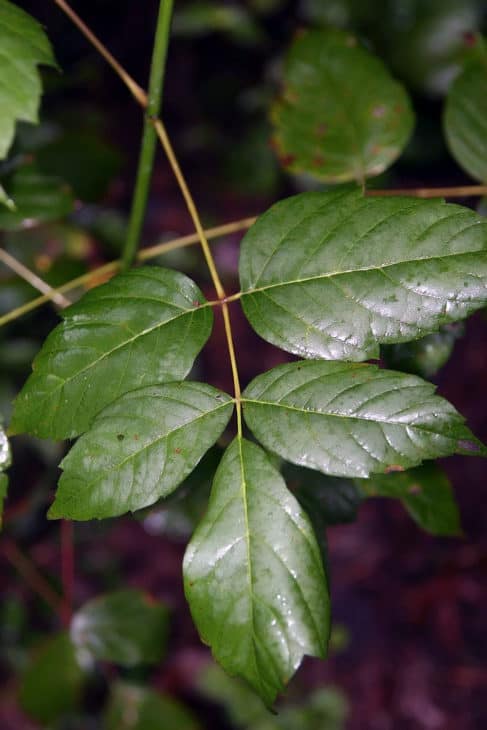
Native to parts of North America, including Utah, Box Elder Maple is a hardy tree that grows best in deep, moist soils. Even though it’s a common tree, it’s not a preferred ornamental because of its comparatively weaker wood. It has thin, light brown, deeply furrowed bark and sapwood-white wood, used for affordable furniture.
Box Elder Maple features pinnately compound, opposite, deciduous foliage. It has variable, ovate to lanceolate, serrate-edged, lobed, and bright green leaflets. The foliage turns yellow to green-yellow in fall. This tree has green to purple-green, stout twigs and dioecious, small, non-showy, green to yellow spring blooms. Box Elder Maple grows v-shaped, two-winged samaras that ripen in fall.
4. Rocky Mountain Maple (Acer Glabrum)
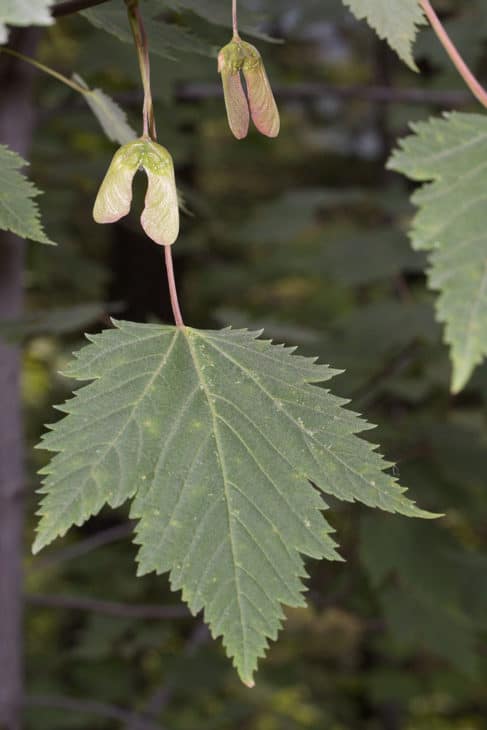
Native to most of North America, including British Columbia, Oregon, Washington, and Utah, Rocky Mountain Maple is ab shade-tolerant tree that prefers to grow in moist, protected sites along streams. This tree features hard, dense wood, thin, red-brown bark, and slender, green to red-brown twigs.
Rocky Mountain Maple has simple, opposite, large, deciduous, lobed, sharply serrated, dark green leaves with paler undersides. This tree has red, yellow, or muted red fall foliage. It also grows mostly dioecious, yellow-green, petal-less, small, inconspicuous blooms that give way to u-shaped, two-winged, pinkish-red samaras that become light brown and wrinkly with age.


